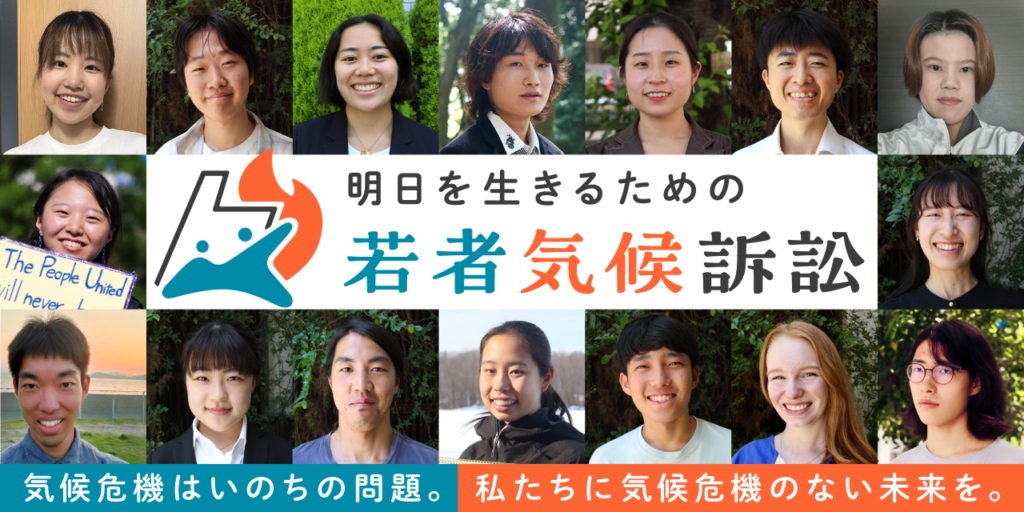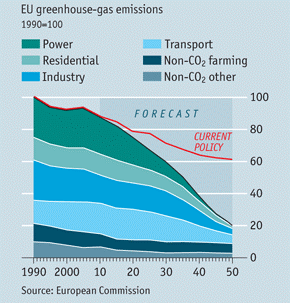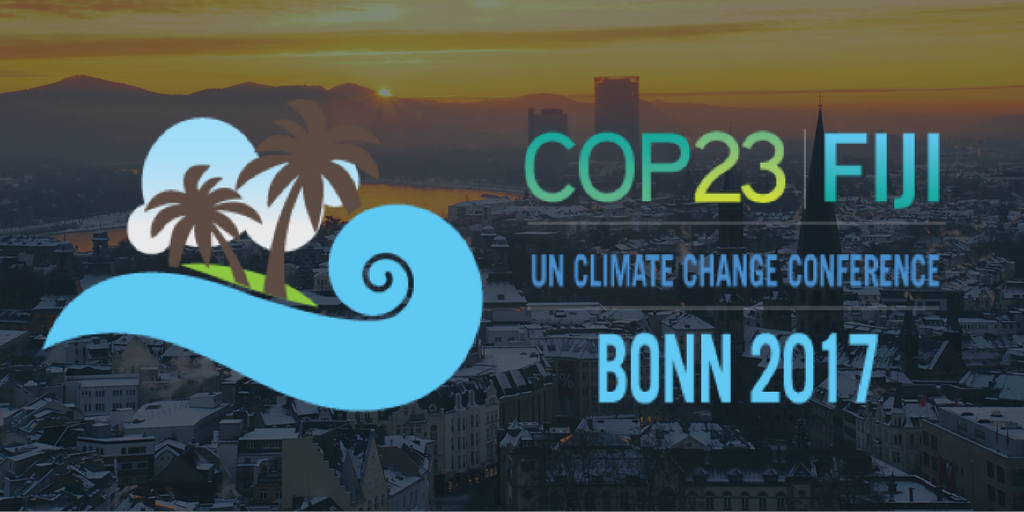Japan holds a peace ceremony every August 6, to mark the day on which the atomic bomb was dropped on Hiroshima in 1945. This year, local elementary school students issued a message: “peace will not come from prayers alone.”
On the same day, 16 young people aged between 15 and 29 filed a lawsuit —the Youth Climate Case—against 10 major thermal power companies in the electric power sector in Japan. The suit alleges that the companies, through their carbon dioxide (CO2) emissions, contribute to climate change and thus infringe upon the rights of the plaintiffs, rendering them liable under the Civil Code 709 and 719. The plaintiffs are seeking an injunction, requiring the companies to reduce their CO2 emission by 48% by 2030 and 65% by 2035 (compared to 2019). Those percentages were chosen as they align with the reductions the Intergovernmental Panel on Climate Change (IPCC) says are necessary to to limit the global temperature increase to 1.5°C in line with the Paris Agreement.
The global trend of youth filing climate cases has thus now come to Japan.. It is worth noting that courts have recognized youth claims in some jurisdictions (i.e. Neubauer, et al. v. Germany in 2021, Held. v. State in 2023). Woodpecker v. Korea in South Korea is also awaiting a decision. Moreover, the historical settlement in Navahine v. HDOT also promoted the climate policy. It remains to be seen whether the Japanese youth will be as successful.
Barriers for youth to file a case in Japan, a non-litigious country
The phenomenon of young people becoming plaintiffs in lawsuits is one of the characteristics of climate change litigation. It seems that in most countries fewer young people become plaintiffs in environmental litigation than in climate change litigation. The same applies to Japan. In particular, Japan is known as a country with an extremely low rate of litigation compared to global levels. Moreover, young Japanese people generally seem to be not familiar with court proceedings. According to a recent survey by the Society for the Study of the Civil Procedural System, which examines the perceptions of the civil litigants to court proceedings, 48.8% of all respondents felt hesitant to bring litigation in 2021. The most common reasons for this hesitation were cost concerns, time required, burden of continuing litigation, lack of knowledge or experience, and preference of amicable settlements. These are even more applicable to young people who are still students. Culturally, the Japanese also tend to be reluctant to share their political beliefs publicly, and social movements are fairly uncommon. The youth plaintiffs in the new climate case have thus shown great courage in speaking out.
Factors that motivated the Youth Climate Case
The 16 plaintiffs in the Youth Climate Case were motivated to bring the case by the accelerating adverse effects of climate change worldwide, as well as the continued reluctance of the Japanese government and power sector to take action to reduce greenhouse gas emissions. Japan’s National Energy Policy indicates that the country will continue using coal-fired power plants well into the future, with 19% of electricity expected to come from coal in 2030. The government has announced a policy of decarbonizing coal-fired power plants through the co-firing of ammonia and hydrogen and the use of carbon capture and storage (CCS). However, although hydrogen and ammonia do not emit CO2 when they are burned, they emit large amounts of CO2 in the process of manufacturing and producing them from fossil fuels overseas and transporting them by sea. Consequently, little emission reduction effect can be expected over their entire life cycle. Moreover, although Japan has set a goal of converting about 20% of its coal-fired power plants to ammonia-mixed combustion by 2030, the prospect of commercialization at large-scale power plants is not yet in sight. All the other members of G7 except Japan have specific plans to phase out coal-fired power plants. The plaintiffs consider this government policy of somehow maintaining the use of coal-fired power plants despite the lower costs of utilizing renewable energy today to be an inadequate effort to achieve the 1.5 degree goal.
Also, the major electric power companies, most of which are included as the defendants in the Youth Climate Case, are yet to announce concrete pathways to reduce their emissions. It is true that the ten defendants have set a goal of carbon neutrality in 2050, but they have not set interim targets, or otherwise explained how they will achieve their longer-term goals. Some have to put their faith in speculative new technological developments, for example around CCS, which may or may not come to fruition.
At the press conference held after the Youth Climate Case was filed at the Nagoya District Court, the youngest plaintiff said, “I bought a parasol this year. I think this heat is abnormal.” Others noted that, “[i]n the past few years, local ski resorts have been closed due to a lack of snow, so skiing and snowboarding are no longer possible.” “It would be normal in the future that children stay all day at home during their summer holidays due to the dangerous heat.” “I decided to become a “Youth” plaintiff because I feel responsible for inheriting a stable climate to future generations”.
According to the Complaint, the plaintiffs claim infringement of the following human rights: the right to life (Article 13 of the Constitution of Japan), right to health (Article 13), right to their property (Article 29(1) ), the right to development (Article 6 (2) of Convention of the Child), the right not to be exposed to climate change concerns (Article 13), and the right to self-determination (Article 13) to not emit large amounts of CO₂ from one’s own life or one’s own country that would harm vulnerable groups of people. They seek not only to prevent the abovementioned human rights violations for themselves and future generations but also for those people and areas most affected by the adverse impacts of climate change, primarily in developing countries in Asia, Africa, and South America. It is clear that the plaintiffs, as citizens of a country that consumes large amounts of fossil fuels and emits large amounts of greenhouse gases, feel a responsibility to avoid the climate crisis from the perspective of climate justice.
The first Japanese tort climate case based on Civil Code
Compared to the Japanese precedents for climate litigation (Citizens’ Committee on the Kobe Coal-Fired Power Plant v. Kobe Steel Ltd., et al., Citizens’ Committee on the Kobe Coal-Fired Power Plant v. Japan, and Yokosuka Climate Case), this case is novel not only because all plaintiffs are young people but also in the sense that they claim a partial injunction based on a tort under the Civil Code. In the previous cases, the plaintiffs claimed infringement of the right to a peaceful life, a content of Jinkaku-ken(人格権, personal rights).The plaintiffs in those cases have pointed to higher temperatures and other climate impacts that pose serious risks to the health and wellbeing of residents. As one symbolic example of these impacts, Japan’s National High School Baseball Tournament (Koshien), an annual summer event in Japan, is now held for a shorter time to avoid the intense heat in the middle of the day, with the possibility of future shortening of the length of each game to seven innings.
Nevertheless, in past cases, the court has denied claims for infringement of personal rights because the effects of climate change are felt worldwide. In the court’s view, the infringement of the plaintiffs’ rights is not unique enough to be distinguishable from others. Moreover, the harm to the plaintiffs cannot be traced to any one emitter because there are so many sources of greenhouse gas emissions.
Article 709 of the Civil Code, which is invoked in the Youth Climate Case, provides that “A person that has intentionally or negligently infringed the rights or legally protected interests of another person is liable to compensate for damage caused by his/her infringement. In their complaint, the plaintiffs allege that the power companies have a legal obligation to reduce their emissions so as to be in line with the carbon budgets established by the IPCC. They argue that compliance with the IPCC carbon budgets constitutes a legal obligation (duty of care) referred to in Article 709 of the Civil Code. This is reminiscent of the claims made in the landmark Dutch case — the Urgenda Foundation v. State of the Netherlands – where the plaintiffs argued that the state’s failure to take appropriate climate change measures violated the rights of its citizens and constituted a civil tort.
At the press conference announcing the suit, an attorney for the plaintiffs emphasized the flexibility of Article 709, which must be interpreted in light of changing social norms. Article 709 has been utilized to derive environmental protection regulations that are in line with the conditions of the times in past pollution cases. The human rights to be protected and obligations imposed have thus changed over time to reflect broader social changes. The question thus arises as to whether the same approach can be taken in climate change litigation.
Holding the major electric power companies accountable on a project-based claim
In the Japanese judicial system, litigation requires a concrete legal relationship between the parties involved. Therefore, in Japan, it is not possible to file systematic climate cases, which are more often utilized in other countries. For this reason, all previous Japanese cases were project-based. This created challenges in terms of establishing causation as the courts were not satisfied that any single project, which might account for a fairly small share of global greenhouse gas emissions, was a legal cause of climate-related harms.
In the Youth Climate Case, 10 major thermal power companies in the electric power sector, which account for 40% of total CO2 emissions in Japan, were identified as defendants. The plaintiffs must still establish specific legal relationships between them and each power plant. But the causation challenges faced in previous cases might be lessened as, together, the ten companies account for a large share of national emissions and thus make a significant contribution to climate change. Indeed, if Japan’s electric sector were a country, it would rank 16th in terms of emissions. In this sense then, the Youth Climate Case is similar to sectoral framework litigation in other countries as it seeks a review of the emission reduction targets of the power generation sector as a whole.
Possible challenges
In a previous climate case — Citizens’ Committee on the Kobe Coal-Fired Power Plant v. Kobe Steel Ltd., et al.— the court admitted that the right to be protected from the adverse impacts of climate change was a human right in general. That finding will, no doubt, be referred to in the present case.
The Youth Climate case also raises new legal issues. One is whether the defendants can be held liable under tort law. Whether tort claims targeting private actors may be affirmed or not in the context of climate litigation has been controversial. This is because the defendants’ emissions may constitute a tort not only in relation to the plaintiffs, but also in relation to the global environment as a whole, including all human beings. Redressability may also be an issue. Precisely, the question arises whether the plaintiffs’ right to be protected from the adverse effects of climate change would be immediately ensured by the fact that the 10 defendants in this case were to be enjoined from emitting as requested by the plaintiffs.
The Youth Climate Case symbolizes the fact that youth nationwide are being affected by the adverse effects of climate change, and that major thermal power plants nationwide are responsible. This is why both plaintiffs and defendants are scattered across the country. At the same time, it also means that the plaintiffs may face challenges to get together, which can make actual court action difficult. Still, one plaintiff said, “We believe that taking a long time is a necessary part of the process.”
As with peace, “climate change cannot be stopped only by measures that are not concrete and rational.”







